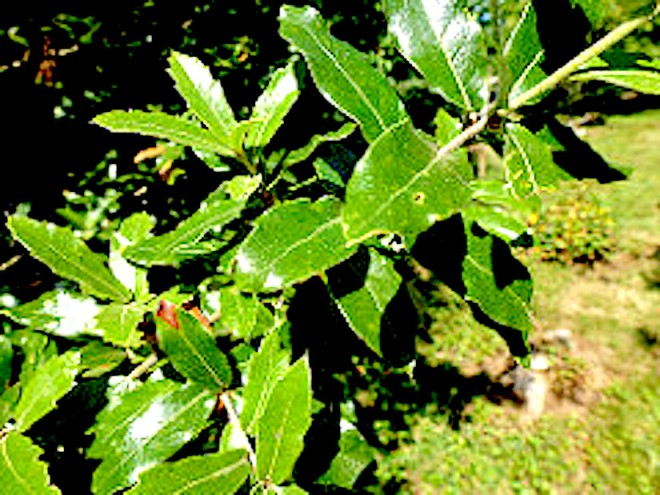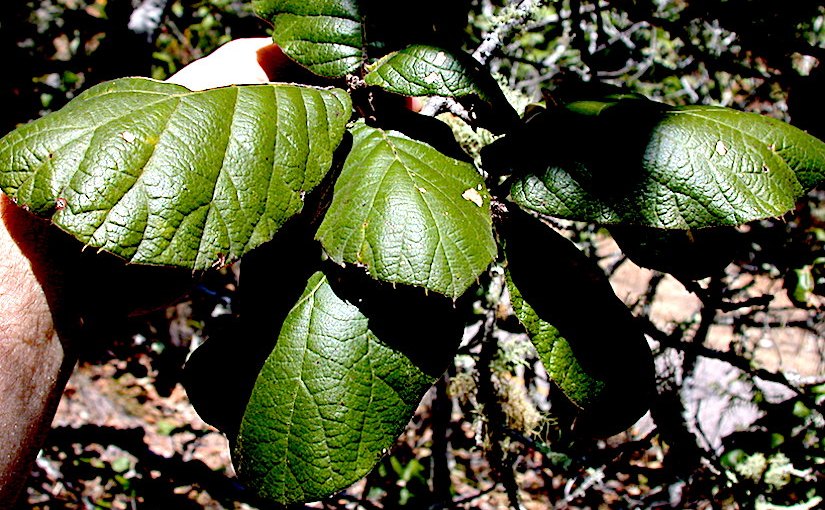Photo credit: Google
Quercus conzattii
Comparative analysis of micromorphological characters in two distantly related Mexican oaks, Q. conzattii and Q. eduardii (Fagaceae) and their hybrids.
by Scareli-Santos C., Herrera-Arroyo M. L., Sanchez-Mondragon M. L., Gonzalez-Rodriguez A., Bacon J., Oyama K. (2007)
in Brittonia 59: 37–48. – doi:10.1663/0007-196X(2007)59[37:CAOMCI]2.0.CO;2
https://link.springer.com/article/10.1663/0007-196X(2007)59[37:CAOMCI]2.0.CO;2

Abstract
Interspecific hybridization occurs with high frequency in the genus Quercus, but few studies have analyzed and compared micromorphological characters in putative parental species and their hybrids.Quercus eduardii and Q. conzattii are two Mexican black oak species that, although distantly related, have formed at least one population of hybrid origin, where individuals with intermediate macromorphology are present.
The purpose of this investigation was to analyze the degree of differentiation in micromorphological characters between the two species and to assess the expression of these characters in individuals with intermediate macromorphology.
Foliar trichomes, epicuticular waxes, stomata, and pollen grains, were examined using scanning electron microscopy (SEM) in the three types of individuals (Q. conzatti, Q. eduardii, and intermediates).
Trichome density was quantified with light microscopy. Types of trichomes present, length of trichome arms, types of epicuticular wax on the leaf surfaces, and the position of stomata with respect to the foliar surface were characters useful to differentiate betweenQ. conzattii andQ. eduardii.
Plants with intermediate macromorphology displayed a pattern of micromorphological characters that were identical to one parental species (Q. conzattii), or extreme or novel relative to both species.


You must be logged in to post a comment.